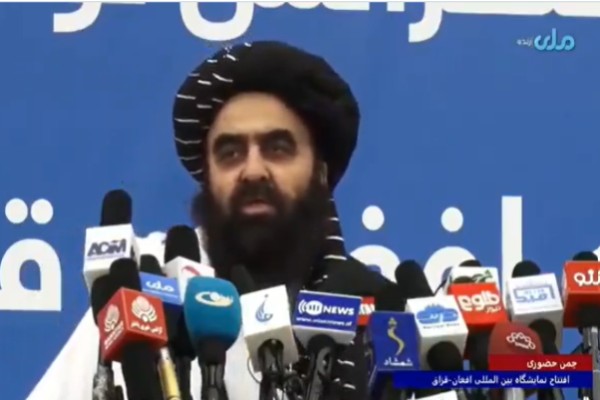
Successive visits to India by two key Taliban ministers (acting Foreign Minister Amir Khan Muttaqi and now Commerce Minister Nooruddin Azizi) underscore that Delhi is not only re-entering familiar territory, it is also committing to projects with a familiar ring.
If in the 20-year period beginning 2001, India invested $3 billion in every kind of project, in Afghanistan, from dam and parliament building to roads, schools and even the supply of high-protein biscuits to children, this time the difference may only be in nuance.
Para six of the joint statement issued at the end of Muttaqi’s visit in October, emphasised health/medical care with India funding the construction of a thalassemia centre, a modern diagnostic centre, refurbishing the Indira Gandhi Child Health Centre in Kabul and setting up a 30-bed hospital in the Bagrami district east of the capital.
Latest data from the External Affairs Ministry lists 11 projects to help communities across a vast swathe of the country: from 49 drinking water wells in Takhar province in the north to building a high school and a girls high school, both in Jawzjan province in the northwest.
Add to that a 100-feet bridge in Sar-e-Pol province bordering Jawzjan, a waterway dam in central Bamiyan province to store nearly 4000 cubic metres of water for irrigation and drinking water purposes and a building for training accountants in Kunar province in the east bordering Pakistan.
Some projects have a strategic element. In October, the Taliban announced plans to build a dam on the Kunar River, which rises in Chitral in the Hindu Kush mountains of Pakistan’s Khyber Pakhtunkhwa province and flows 5000 km into Kunar and Nangarhar provinces before re-entering Pakistan.
The October joint statement issued during Muttaqi’s visit gave a broad hint in that direction: “Both sides underscored the importance of sustainable water management and agreed to cooperate on hydroelectric projects with a view to addressing Afghanistan’s energy needs and support its agricultural development.”
Media reports the same month said Taliban chief Haibatullah Akhundzada had ordered dams to be built on the Kunar River “as soon as possible.”
A post on X by the Taliban Water Resources Minister Mullah Abdul Latif Mansoor, said “Afghans have the right to manage their own water,” and that construction would be led by their own firms. One presumes preliminary work in terms of ground surveys, engineering studies, costing, planning and so on may be getting underway.
The Salma Dam in Herat province built by India, took over a decade before being completed in 2016 with Prime Minister Modi and then Afghan President Ashraf Ghani cutting the ribbon. It cost over $300 million that India gave in the form of grants and today generates 42 MW of power and irrigates around 75,000 hectares of land.
How long the dam on the Kunar River could take to build is hard to say, and the Afghan insistence on the involvement of local firms raises the question whether they have the engineering skills, capacity and the managerial competence to handle such a complex project. But help from India will be forthcoming.
It’s also important to note that the security situation in Afghanistan with the Taliban largely in control, is much better than what it used to be. So workers on the site may not face the kind of insecurity and lawlessness that those on the Salma Dam did. That said Pakistan can be expected to do its best to derail or delay the project.
Thirty eight years in journalism, widely travelled, history buff with a preference for Old Monk Rum. Current interest/focus spans China, Technology and Trade. Recent reads: Steven Colls Directorate S and Alexander Frater's Chasing the Monsoon. Netflix/Prime video junkie. Loves animal videos on Facebook. Reluctant tweeter.




